I recently found myself in Detroit for three days thanks to one of Spirit Airlines’ ridiculous airfare sales combined with my favorite Spirit tip: Actually going to the airport to buy tickets. At $38.41 round trip, how could we resist? While I can honestly say DTW was not anywhere near the top of my to-do list, I go where the sales are. All literature regarding tourism in Detroit pointed to one definite venue: The Henry Ford. I knew Ford was influential in many early forms of transportation besides the obvious one, so I gave it a shot. For AvGeek appeal I expected an exhibit on the Tri-Motor. What we got was so much more.
AvGeek tip: Go for the planes, stay for a diverse and well-curated collection of Americana.
This museum is unique in that it is strongly associated with a brand, yet it doesn’t cling to it. Go to the Delta Flight Museum and you’ll hear all about Delta, but not much else. Same applies to just about every other branded museum. The Henry Ford instead focuses on Americana from all corners of the country, competing brands, and items from all different industries. Planes, trains, automobiles? Sure, but also exhibits on the civil rights era, agriculture, and even chairs. We are AirlineReporter, so we’ll try to stick to the aviation aspect, but know that we’ll likely throw in other items of note just because.
The first thing visitors to The Henry Ford are likely to notice when walking into the main exhibit hall is a preserved Northwest DC-3 on stilts. If this doesn’t set the tone for AvGeek excitement, I don’t know what does. The Henry Ford has two sections next to one another which have AvGeek relevance. Both focus on early aviation and are full of planes, facts, and artifacts.
- Ford’s Tri-Motor “Tin Goose” was the first all metal airplane. A revolution for its time.
- There’s no place like home. Kansas City is in Missouri.
- An under-wing view offers a unique perspective and glimpse of the corrugation that enabled the plane’s strength.
The Henry Ford: Heros of the Sky / Adventures in Early Flight
While The Henry Ford does well to take an all-inclusive approach to their curation, they (rightfully so) place a lot of emphasis on the Ford Tri-Motor. This was the first all-metal plane, which was a revolution for its day. Prior planes were made of wood and doped canvas. As one might imagine, these didn’t fare well in bad weather or even in high humidity. After a number accidents, as well as the loss of sports hero Knute Rockne, the fledgling commercial aviation industry was in trouble and in need of a trustworthy sponsor: Enter Henry Ford.
Without regard for brand loyalty, Henry Ford was a trusted name in every American household. As the New York Times wrote, “People said that if Ford had faith in aircraft then flying must be practical.” With Ford’s entrance into the industry, followed by his paradigm-changing Tri-Motor “tin goose”, aviation found new life. But why aren’t we obsessed over the new Ford 787?
While Ford’s involvement helped to keep U.S. aviation airborne, this venture proved a business failure. The man who revolutionized one form of transportation through the genius of the assembly line simply couldn’t turn a profit in aviation. In yet another act of genius, Ford exited in time to save his fortune. But the experiment wasn’t cheap. In just eight years, Ford lost $5.5 million dollars ($101 million in 2015 dollars) on his aviation division which never once turned a profit. The Ford Motor Company did return to aviation to help in the war effort, building about half of the B-24 Liberators at their Willow Run plant.
While the original Wright Flyer is on display at the National Air and Space Museum, The Henry Ford hosts an impressive replica. The museum does an excellent job of walking patrons through the history of flight. Everything from how the Wright flyer started it all, to how Air Mail was the initial life blood for the airline industry. There are exhibits on radio-controlled flight, arctic flights, and they even threw in an early Sikorsky helicopter.
The Henry Ford has a copy of Boeing’s famous Model 40. The plane was a real hit. This particular bird managed to crash four times, each with no injuries to the passengers or crew. Now that’s resilience or skill… Or maybe just darned good luck! I find it interesting that the museum mentions their particular example of a plane made by a competing brand had crashed so many times. Also interesting to note no injuries to passengers or crew. Is there something they aren’t telling us?
The Henry Ford: Non-AvGeek Photo Highlights
- JFK’s presidential limo; yes that one
- Because, who doesn’t like classic neon and cars?
- Sorry, I just really have a thing for Texaco.
The Henry Ford: Conclusion
It took a little over an hour to fully absorb the aviation sections but one could easily spend a solid morning or afternoon taking in all the museum has to offer. As an impulse trip and uninformed visit, we didn’t know exactly what to expect from The Henry Ford Museum. Once we got over the sticker shock of the tickets we were pleasantly surprised and delighted by the variety. Sadly for these vegetarians, food options were severely limited and we had to leave earlier than we would have preferred. If there’s anything I would really complain about it’s that. We’ll know to pack a lunch next time.
The Henry Ford: Planning Your Own Visit
Admission is a bit steep at $22 per non-senior adult. Tickets for children aged 3-11 come in at $16.50, and seniors $18. The Henry Ford doesn’t offer discounts for students but AAA members are eligible to score 10% off. Or, if your plans are solid, they do offer non-refundable tickets online at a 10% discount. Parking is an extra $6.
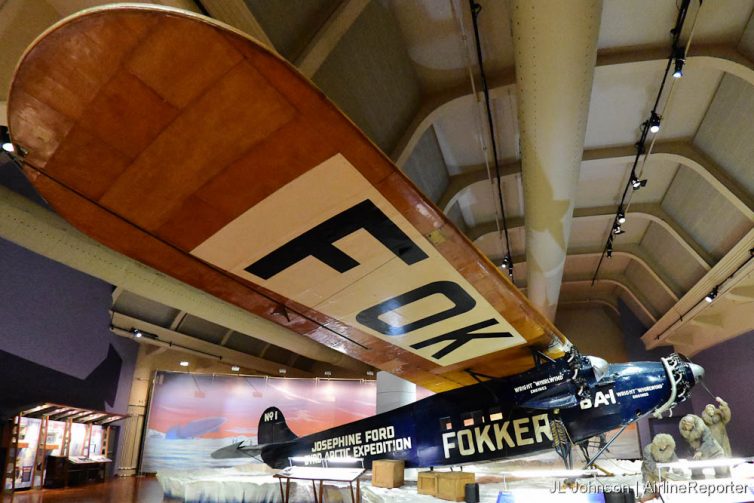
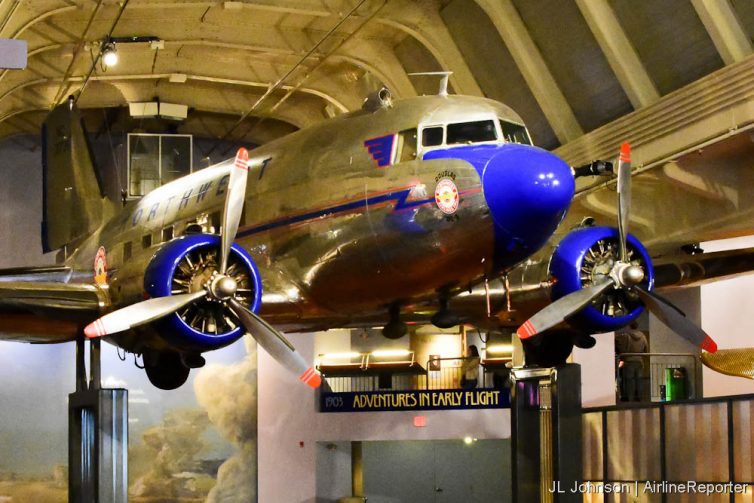
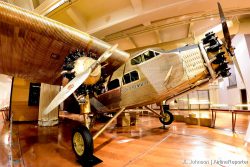
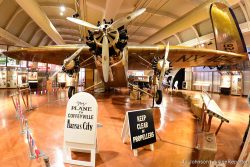
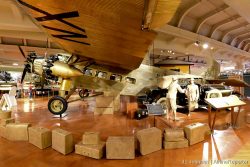
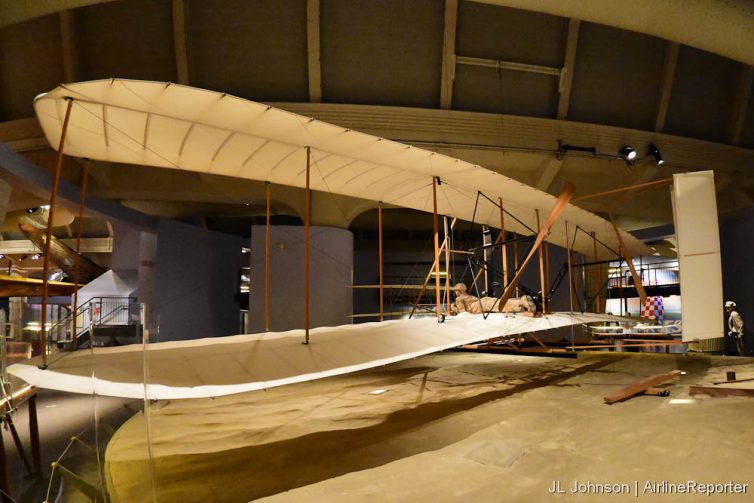
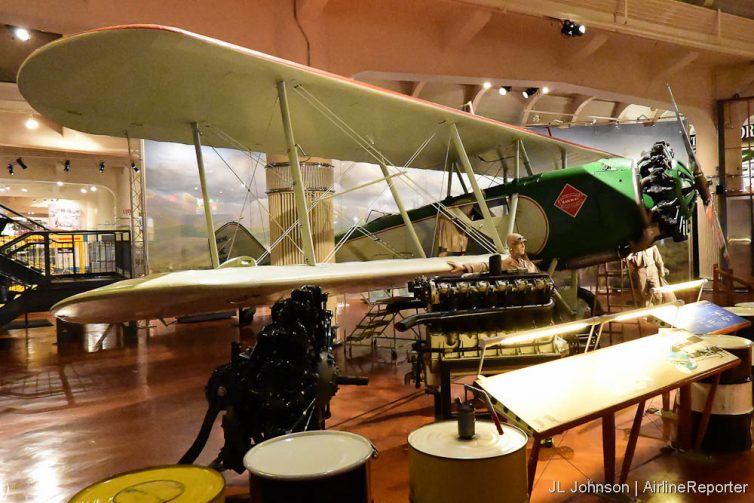
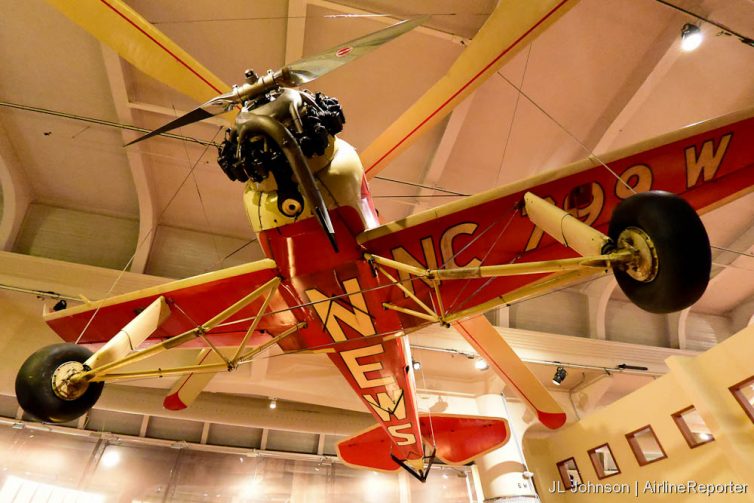
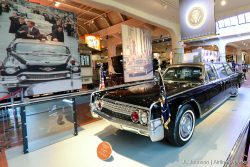
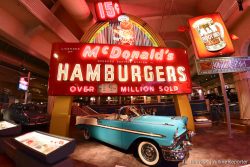
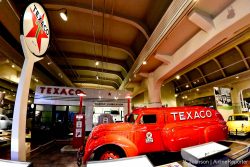
Nice reporting, you’ve sparked my resolve to go up to DTW and the Ford Mesusem and the Willow Run Plant. Last time I was up there was Sept. 2001. Thanks
This is what I want to hear. Thanks for reading, William.
JL | AirlineReporter
Great story! It has been years since I have been to the Henry Ford, but I have very fond memories of both the museum and Greenfield Village next door. I would recommend both to anyone visiting as well as the Detroit Institute of Arts if you are a fan of the arts. It has been over 10 years since I last lived in Michigan, but the Detroit area is experiencing a real renaissance.
This museum is MUCH more than what one would expect from something named the “Ford” museum: tractors, trains, presidential limos, glass art, power plant generation, farm equipment, and even the actual bus that Rosa Parks made famous. The variety makes nearly everything a surprise and there’s a story of America with each piece. Also, plan for time to visit the adjacent Greenfield Village: Ford moved and reassembled actual buildings and equipment from history: Edison’s laboratory, a print shop, locomotive repair house (with working locos!), Ford’s actual house from his childhood, working farms, a pharmacy, a textile mill, glass blowing, and much more.
I’m sorry to say I missed the power plant and all of Greenfield village. Sounds like a trip for a “part 2” is in order 🙂
JL Johnson / AirlineReporter
As a native of metro Detroit, and former employee of the Henry Ford, I believe it is a treasure for many reasons. I have to tell you, though you may already know, that Greenfield Village has the Wright brother’s house and bike shop.
Also, though the museum is named the Henry Ford, it is not owned or opporated by the Ford Motor Company. Interestingly, enough, the museum was created by Henry Ford to share his own personal (gigantic) personal collection of Americana, especially items celebrating innovation and has grown from there.
The “helicopter” suspended from the ceiling is a Pitcairn PCA-2 Autogyro with a non-powered overhead rotor.
Great story, great photos, but several errors… The Ford Trimotor was not the first all-metal airplane. Among others, the Junkers company in Germany had been experimenting with all-metal airplanes during the Great War (WWI) and had introduced all-metal airplanes into passenger service after the war.
And Todd already caught the error regarding the Pitcairn Autogyro not being a helicopter.
One more issue: the “early Sikorsky helicopter” at the museum is in fact the VS-300, Sikorsky’s first practical helicopter and the first successful helicopter with a main rotor/anti-torque tail rotor configuration.
Finally, the timing of Ford’s entry into the commercial aviation field is misrepresented. The Knute Rockne crash was in March 1931; Ford had first flown the Trimotor in 1926, so they did not produce the Trimotor to rescue the passenger airline industry…
Thanks for reading, and for taking the time to comment. Critical comments are just as valued as praise. A few things– Skepticism regarding wood and doped fabric planes began well before the loss of TWA flight 599 this was just the high-profile loss that was the catalyst for adoption of the less cost-effective metal planes. This same story with new, costly technologies being shunned by industries until regulation or disaster plays out all the time, in all industries. One need only look to the drama around positive train control (PTC) to see history repeating itself.
Your helicopter comments stand on their own. I should note I didn’t represent the autogyro as a Sikorski but I understand how folks could make that assumption given juxtaposition of the text and eye-candy photo. I don’t think we have anything to disagree on here.
Ford’s involvement with the aviation industry indeed began early but you might note his entry was low-key at first. Truth be told, the Tri-motor was not initially (or ever, really) successful. It did, however, provide a crucial stopgap for some domestic operators between the early planes and the DC-2 and 3.
I will concede that the Tri-Motor was not the first all-metal airplane. It was the first all-metal, commercially viable plane to reach some level of popularity within the U.S. market. Not as easy to fit into a caption, but good feedback no less.
Thanks for reading.
We did the Ford museum a couple of years ago. Go early–if you take the tour of the Ford Factory, highly recommended, you’ll spend all day and still not see all of it. The whole thing was swell: the planes, the cars, the trains, the Holiday Inn room, the old trolley car diner for lunch, and the amazing display of stationary steam engines that made Detroit’s manufacturing factories possible. They even have a Weiner-Mobile. Be sure to visit the airports at nearby Yipsilanti for a look at vintage cargo jets flown by USAJet and Kalitta and be aware that Detroit’s international airport is wonderful for photography in the afternoon–and it still served by several Delta 747’s daily. . .but not for long!
I should mention: I wish we’d spent TWO days at the Ford and done Greenfield village as well. And here’s a suggestion for those into transportation: We drove from Chicago around the south shore and visited one of the many nice Lake Michigan Beaches, but on the return we booked passage on the car ferry Badger from Ludington to Manitowoc, WI–the last steam-powered vessel on Lake Michigan, built in 1948 to carry passengers and railroad cars across the lake at a great savings of transit time. It still floats. And is worth it bigly.
Blair, you had me at steam-powered. I am SO doing it.
To fully complete your Av Geek tour of the Henry Ford there are 2 more steps
1) Go to Greenfield Village and take in the view of the Ford Test Track – the track was built from tge runways of Ford Airport. The DC3 was delivered by landed on the test track when it was delivered from North Central Airlines.
2) Venture down Oakwood Blvd to the Dearborn Inn. This is the first airport motel and the lobby is still a throwback to the 1920’s. If you visit soon you will see that the test track buildings along Oakwood are the original airport hangers.